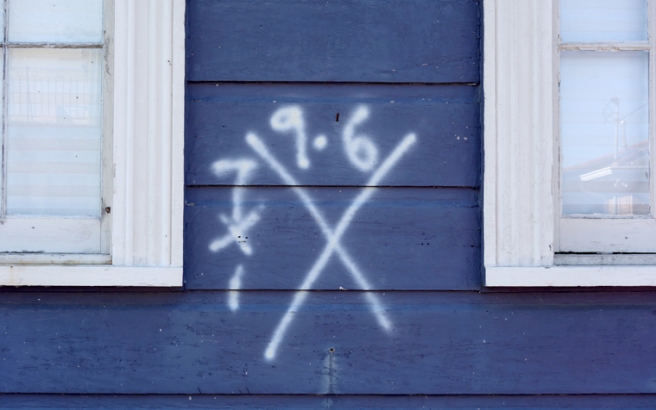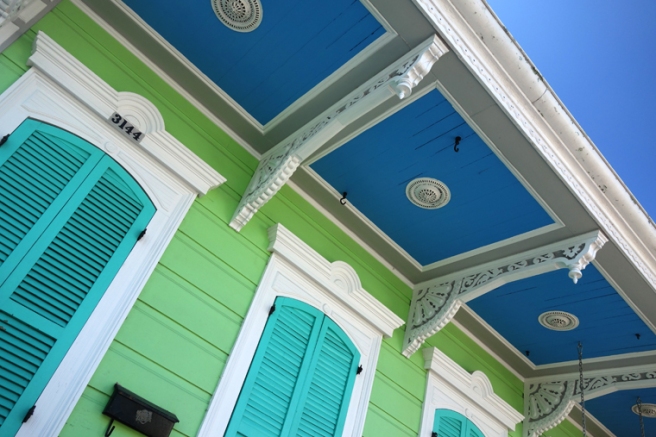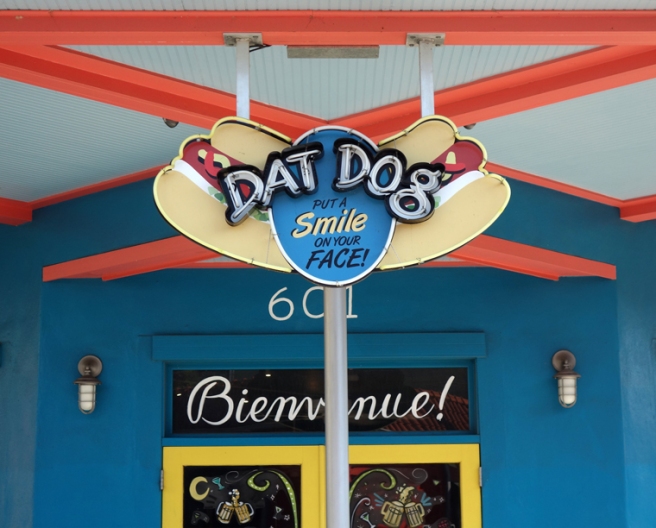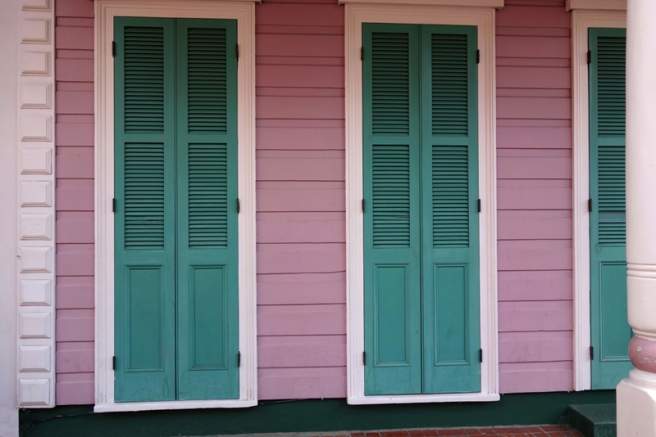A few weeks ago I went back to New Orleans to visit my son Jack, who is teaching high school in the city for two years with Teach For America. I had been there briefly last year, helping him with the move down. I wasn’t there long enough to see too much, but it was enough to fall in love with the French Quarter and Magazine Street and to feel the heat and humidity that everyone talks about.
Well this time Jack was able to serve as tour guide, take me to some great restaurants and nightclubs, to lead me on walking tours of his neighborhood (Bywater) and Marigny, and speak in depth about his experiences in New Orleans. We rented bicycles, strolled through the new park along the river, listened to some amazing live music, drank some cold ones, watched the Seahawks from a nola sports bar, just generally hung out together.
I have wanted to write about my time there, this time, and to illustrate with some of the photos I took. I feel like I had a very powerful experience, but I just cannot seem to articulate it, or make a coherent statement about all of the emotions coursing through me. And then I came across this passage in Chris Rose’s wonderful, powerful book 1 Dead In The Attic: “I’m not going to try to lay down in words the lure of this place. Every great writer in the land, from Faulkner to Twain to Rice to Ford, has tried to do it and fallen short. It is impossible to capture the essence, tolerance, and spirit of south Louisiana in words and to try is to roll down a road of cliches, bouncing over beignets and beads and brass bands and it just is what it is. It is home.”
I must admit that reading that passage made me feel a lot better. But I still want to post a few of my favorite photos. And by the way, among many other attractions, the World War II museum is a must see. Fantastic, powerful, moving, educational.
But you can’t visit New Orleans without considering Katrina, or what some locals call The Thing. I asked my son if he would drive me down through the lower 9th Ward and show me what it looks like now. I could tell he was uncomfortable doing so. Disaster tourism, etc. But he did. And he was really uncomfortable when I asked him to stop so I could take some photos, but he did. And after my visit, and after reading 1 Dead In The Attic, and after watching Spike Lee’s 4 hour documentary about The Thing, I realized that it was the most moving part of my visit there. That, and watching my son teach a couple of his classes.
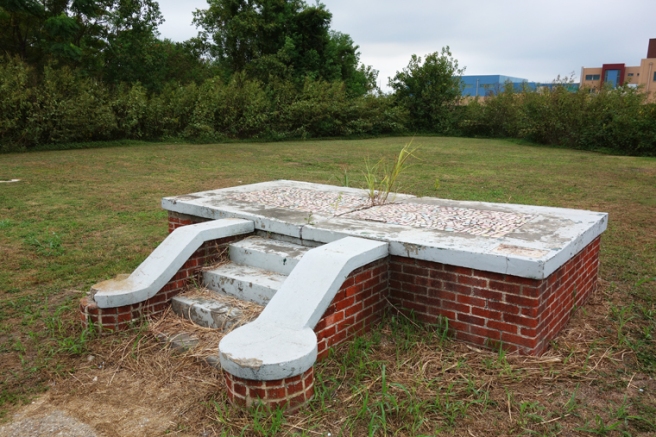
It is absolutely maddening and disgraceful and heartbreaking and shameful and unforgivable what the city experienced.

But then there is Brad Pitt’s Make It Right. An ecologist, architecture enthusiast, and part-time New Orleans resident, Mr. Pitt has assembled a team of architects and builders and helped finance the effort to build new, weather resistant, alternative energy powered homes where a few years ago, there was just mud and rubble. “I”ll tell you, every time I drive over the Claiborne bridge, no matter what frustration I might be dealing with at the moment, I get this well of pride when I see this little oasis of color and the solar panels,” Mr. Pitt is quoted as saying. Residents get to choose the colors and exterior amenities, and so the bright colors of the city live on with a modern flavor.

And finally there are the “X Codes”, a form of shorthand that FEMA crews spray painted on houses and buildings immediately after the storm, after searching for survivors and casualties. Even 10 years later, some residents have left the X Codes on the wall, perhaps as a badge of honor, perhaps as a way of saying “I am a survivor” or “Let’s not forget what happened in 2005”. The 4 quadrants identify the name of the crew, the date, the hazards within the house, and the number of survivors or fatalities found inside. I even found one X Code that had been permanently recreated as a metal sculpture and mounted directly over the original spray painting (see photo).
